Why do we love Japan?
We visited Japan three times. Altogether we spent there for six weeks. Of course, this period is too short to comprehend such an enigmatic country like Japan.
While being there, we met people from US, Great Britan, Australia, who worked and lived there for twenty, thirty years, and they were telling us that they still did not understand many things about Japanese people, their culture, and customs.
When our daughter graduated from college and got her first job – teaching English in Japan – the decision was made: we have to go there. Before traveling to Japan for the first time, we tried to prepare ourselves for the unexpected and did a lot of research. What an eye-opening experience it was! We found Japan a fascinating country, and even before being there we fell in love with the Japanese people.
Japan Rail Pass

We have heard many times that Japan is an expensive country. And at the very beginning of my first trip to Japan, we believed that this opinion is valid because we made a costly mistake: we did not buy Japan Railpass.
We did not know that this pass was not available for purchase in Japan; you have to buy it in your home country before the trip. Therefore, we had to spend a lot of money on buying expensive tickets for trains, buses, and subway. That’s why, when people ask us about traveling to Japan, the first thing we recommend them – buy a Japan Rail Pass.
Later we discovered that the cost of many things and services in Japan was surprisingly reasonable.
Japanese people
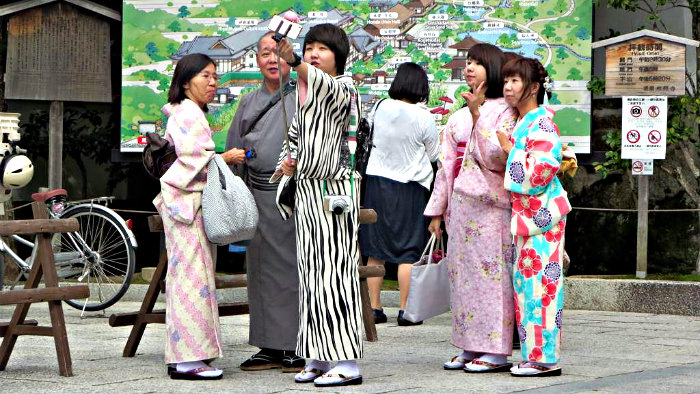
They are very polite and considerate of others. They try to go out of their way to help you. We encountered some rudeness only once. We knew that you have to take your shoes off when you enter a shrine to show respect (and to keep the floors clean).
At the entrance to one of these shrines, I did not remove my shoes fast enough, and some old woman started scolding me, in Japanese, of course. But usually, if Japanese people are unhappy, they start making hissing sounds to show their displeasure.
We, Americans, sometimes do not appreciate how much personal space we have in comparison to people in other countries. One day, we were walking on the Donburi street in Osaka (for pedestrians only) filled with restaurants, shops, and movie theaters. We saw a group of people (forty or fifty) who were packed like sardines into a rectangular shape in the middle of the street.
They all were standing calmly, but very close to each other even if there was lots of space around them. It looked so strange that we stopped to take a look. In a few minutes, all of them started walking into the entrance to the movie theater. We realized that they were waiting patiently for the movie theater to open its doors.
Once, when I took a bus from the train station in Nikko, to see the old shrines in the mountains, I dropped my hat and did not notice it. After a whole day of visiting temples, I got off the bus which took me back to the train station. The first thing I saw at the bus stop was my hat hanging on the pole!
We all know about Hiroshima and Nagasaki. When I visited the memorial site in Hiroshima, an old man sat on my bench and started speaking to me in English. In front of us, we could see the city hall destroyed by the atomic bomb in 1945.
The man told me that the Americans should not worry about not being loved and respected by the Japanese people despite all the deaths caused by the atomic bomb. He was very polite and friendly, and I was very touched.
Saving face
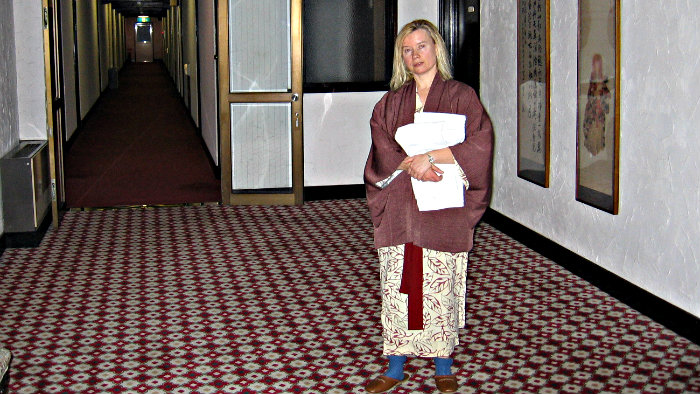
We planned to go to Nikko just for a day, but because of confusion with the train schedule, we arrived there much later than we expected. On the spur of the moment, we decided to spend a night in a hotel and do some more sightseeing the next day.
After an exciting but freezing day, it was nice to soak in a hot bath at the hotel. The hotel looked quite empty, and I was the only person in the women’s onsen.
Later, we had our favorite snack (gyoza) and hot green tea. In Japan, each hotel room has a thermos with hot water and tea bags. If you run out of hot water, just call the front desk, and in a minute someone will bring you a thermos of boiling water.
In the middle of the night, we were awakened by loud voices. A large group of young men, probably college students, had a banquet in the big room at the end of the corridor! Through the window, we saw a big bus parked in front of the hotel.
All young men wore yukatas (Japanese robe they wear after the bath). It looked like they arrived recently, went to the onsen in the basement, and now they were relaxing on my floor: eating, drinking, singing.
Because of this noise, we could not sleep. We went downstairs to complain to the owner. We used a lot of gestures trying to understand each other. The owner was very apologetic, but could not do anything.
In the morning, when we were paying for our room, the owner charged me only half the amount. He bowed a lot, as he was showing how sorry he was for our lack of rest at his hotel.
In Asian cultures, it is essential to “save face.” That is how the owner of the hotel kept his. We felt much better. The owner knew that we are tourists and very likely will never revisit Nikko. But to him, making the guest of the hotel happy was more important than the money.
Seasons in Japan
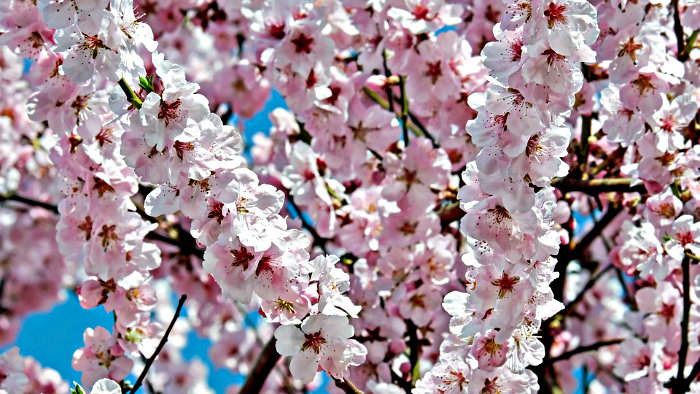
Japanese people love their seasons. They eat foods which are in season. In winter they eat hot soups, pomegranates, persimmons, and Clementine mandarins. Around New Year they eat ‘mochi’ – thick pieces of dough.
By the way, it is easy to choke on this food if you stuff the whole piece of mochi in your mouth and do not chew it carefully. Every year quite a few people die because of choking on mochi.
We’ve been to Japan during different seasons. We loved all our trips, even when we were occasionally freezing while sleeping in cold houses of our Japanese friends. But, probably, the best time to travel to Japan – spring.
During spring, the extended families gather under the blossoming cherry tree, spread blankets on the ground, drink sake or plum wine, eat a vast assortment of the picnic food, and admire pink and white blossoms against the sky background. In the fall they travel to the areas where they can see the autumn leaves.
Subway in Tokyo
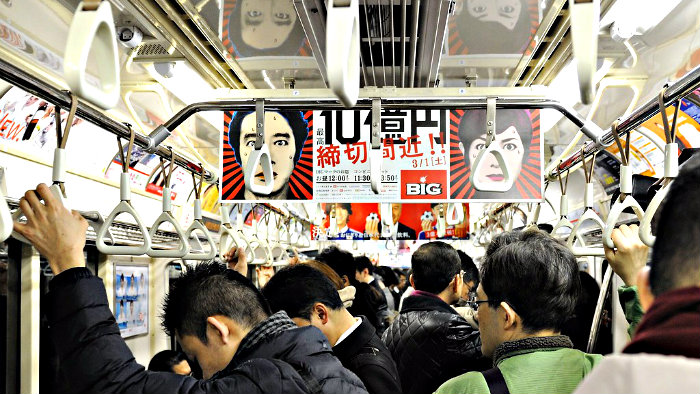
In the subway, in addition to the Japanese language, they have names of stations written and announced in English.
At the same time, many subway stations do not have escalators, only steps. It was a problem for us at the end of the trip when we had to lug our heavy bags (we bought a lot of stuff at the “100 yen” stores; 100 yen at that time were 75-80 cents).
Japanese restaurants
It seems that the Japanese people use every opportunity not just to eat, but to savor and celebrate their food. Even in the tiny “hole-in-the-wall” places which have only a counter and 5-6 bar stools, the food is arranged exquisitely.
We also liked the displays of food in the restaurant windows. Since the price was written next to each dish, it was easy to choose the food I wanted. We just had to point to the plate we wanted, and the language barrier disappeared.
Eating on the bullet trains
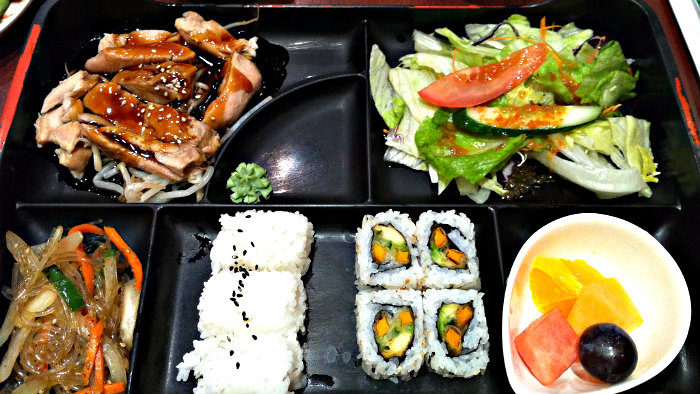
Each major train station has a shopping mall next to it. The Japanese people do not board the train empty-handed. They buy Bento boxes. What a fantastic variety of food! Each Bento box has several compartments. Just looking at the beautiful arrangements of this colorful food would make one hungry.
As soon as passengers board the train, the feast begins. On each train, they have uniform-clad waitresses, who sell hot and cold drinks, ice cream, and more.
Fish market in Tokyo
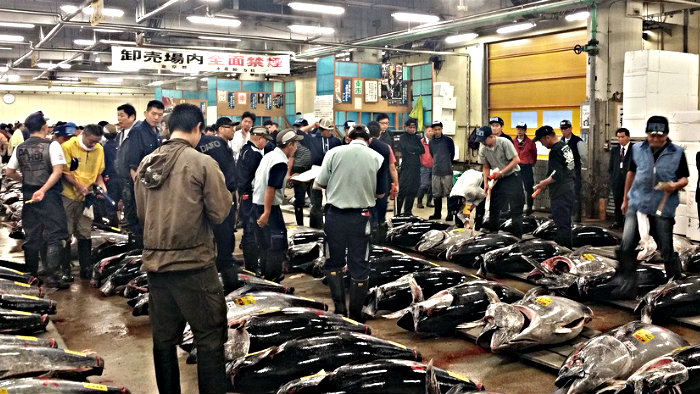
We read in the guidebook that the Tsukiji Fish Market in Tokyo is a must-see attraction, but it opens very early; it is best to visit it at 5 or 6 in the morning. We arrived there after 7, but still, there was more than enough action. It looked like a war zone. Hundreds of market workers were crisscrossing the place on small mopeds. Many times we had to jump to the side in order not to be run over.
As we were walking pass stalls, we saw many unusual creatures in the plastic buckets and on the tables. There were toads (do they eat them?), frogs, long worms (not eels). At the tuna sections, the workers were cutting dozens of frozen tuna, many of them were as big as calves.
Since we came late, we missed the tuna auction, and the fish we saw were already bought by the retail markets and restaurants. Each tuna had something written on its side. The knives these workers used were very long and very sharp – they quickly sliced the hard frozen fish.
Many tiny seafood restaurants surround the fish market. In one of them, we had a splendid lunch of fresh seafood which the restaurant owners bought at the fish market the same morning. Recently the fish market moved to a new location. On our next trip to Tokyo, we will make sure that we will see this market again.
Uniforms
“Robbed” in Japan
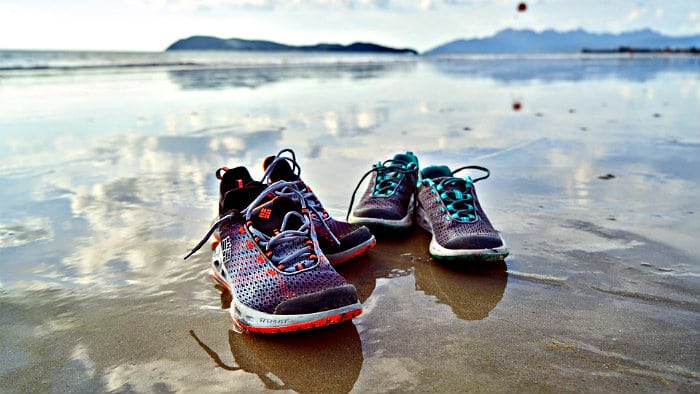
Can you believe that I was robbed in Japan? Twice? The first time it happened at one of my favorite places in Japan – Miyajima Island. After walking for half a day, I decided to give my feet a little rest. I took my shoes off and walked into the water.
A large group of school kids came to the beach. They removed their shoes and started to run around in bare feet. After a loud whistle, they picked up the school bags, shoes, lunch boxes and hurried toward their bus.
I was ready to return to the ferry, but to my horror, I was not able to find my shoes. I realized that those kids grabbed them and left. It meant that I would have to go to the nearest store and buy a new pair of shoes or I could go barefoot to the ferry, then to the bus, then walk to my hotel in Hiroshima.
As I was standing looking at the place where my shoes were supposed to be, a boy ran to me, bowed, said “sorry” in English, and handed me my old snickers.
Second “robbery”

The second time it happened in the mountain resort town. It was Christmas Day. This place was practically empty. Tourists and locals used it mostly for summer vacations. The majority of restaurants and shops were closed. The rare tourists and locals were walking on the main street next to a frozen lake.
As always, I had my small backpack, and in my hand, I was holding a plastic bag with mandarin peelings – I could not find a trash can. Suddenly, someone pulled the plastic bag out of my hands. Startled, I looked back. It was a big male monkey with a beautiful gray coat.
In a split second, the monkey was on the roof of the house where it tried to find something edible in my bag. It did not like my peels and dropped them on the ground.
A minute later, another large male jumped on the back of a man who was walking on the same side of the street. The monkey tried to open this man’s backpack! It was quite a mayhem! How lucky I was that “my” monkey did not jump on me. My plastic bag with mandarin peelings helped me to avoid that horror.
Japanese bus drivers
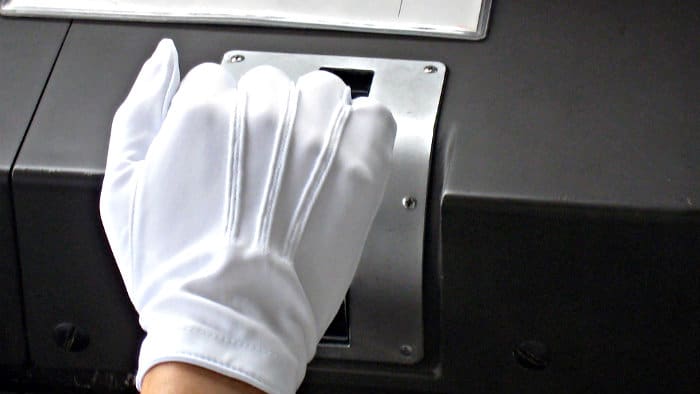
We made a mistake – we chose the front seat. The mountain road was very twisted, and it was scary to see the small town deep down in the valley. However, in a few minutes, we knew that I was safe. The driver, who wore pristine white gloves, would completely stop at each hairpin bend and make the turn at a snail speed. We felt like precious cargo.
Happy Birthday, Emperor!
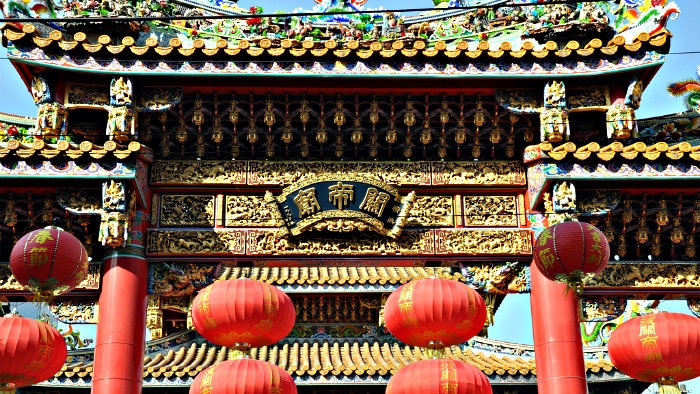
The crowds were enormous! The majority of people came to wish the Emperor happy birthday by writing birthday cards. Tables were covered with narrow white strips of paper, and people were writing on them in characters. We wrote “Happy Birthday!” in English. We suspect that the emperor never read these “birthday cards,” there were thousands of them, but the event looked very festive to us.
Here are a few of our
favorite books about Japan
Memoirs of a Geisha – by Arthur Golden. I read it twice. I saw the film too, but I always prefer books to movies. I have this book at home, and when I am ready to go to Japan again, I will read this book for the third time.
Confucius Lives Next Door – by T.R. Reid. I have read it several times. This book is not fiction. The author tells us about the years he spent in Japan with his family.
Shalom Japan: A Sabra’s Five Years in the Land of the Rising Sun – by Shifra Horn. The journalist from Israel lived in Japan for several years.
The Ginger Tree – by Oswald Wynd. Fiction. It’s a story about an English woman who married a British officer, her unhappy marriage to him and her love for a Japanese general which lasted for the rest of her life. I watched the televised version of this story on PBS several years ago.
The Geisha Girl – The American anthropologist, Gail moved to Japan and became a geisha. She spent a few years in Japan as a child and could already speak Japanese. In the name of research, she enrolled in geisha school and became Maiko – geisha apprentice.


Recent comments